With many research methodologies available, a particular technique is as intriguing as its name suggests: snowball sampling. This method holds serious clout when navigating specific research situations.
But what is snowball sampling, and when is it the best choice for researchers?
Understanding Snowball Sampling
Snowball sampling, sometimes called chain referral sampling, is a non-probability sampling technique used primarily when the desired sample population is rare, hidden, or difficult to locate. This technique is commonly used in social sciences and other fields where researchers might not easily find their target participants. In this method, initial respondents (or “seeds”) are used to nominate further participants, who then nominate others, and so on. The process resembles a snowball growing in size as it rolls down a hill.
Imagine researching a rare medical condition or a specific subculture. Once surveyed or interviewed, the initial participants refer the market researcher to other potential participants who do the same, and so on.
Let’s compare it to other market research methodologies and approaches to effectively understand the best use cases for snowball sampling.
Random Sampling: This is the gold standard in probability sampling, where every individual in the population has an equal chance of being selected. It’s great for generalisable results but may not work for niche or hidden populations.
Stratified Sampling: The population is divided into sub-groups, with random samples taken from each. While it ensures representation, it might not capture hard-to-reach sub-groups.
Convenience Sampling: Researchers use whatever sample is easiest to access. While easy and cost-effective, it’s not always representative.
In contrast, snowball sampling thrives when other methods flounder, particularly with hard-to-identify populations.
Learn more about how sampling enhances market research here.
The Advantages of Snowball Sampling
Snowball sampling offers many benefits, especially when studying specific populations or scenarios. Despite its drawbacks, it remains an invaluable tool in specific contexts, providing researchers with a depth of understanding and insights that might be hard to achieve through other sampling methods.
Here are some advantages of the snowball sampling approach:
Reaching Hidden Populations: As mentioned before, snowball sampling is particularly effective for accessing populations that are hard to reach or hidden, such as undocumented immigrants, individuals with rare diseases, or members of stigmatised groups.
Building Trust: Potential participants might be wary of outsiders in sensitive research areas. Being introduced by someone they know can create trust and increase their willingness to participate.
Efficiency: Given that participants help recruit others, snowball sampling can speed up the research process, especially when dealing with elusive populations that would otherwise take considerable time and resources.
Cost-Effective: As the participants themselves do a large part of the recruitment, there can be a reduction in the resources and expenses typically required for participant recruitment.
In-depth Insights: Since the approach often taps into tight-knit communities or groups, it can provide rich, qualitative data and deep insights into the dynamics, beliefs, and behaviours of the studied group.
Flexibility: Snowball sampling can be adapted and utilised in various research settings, whether qualitative studies, sociological research, or public health inquiries.
Mitigating Non-response Errors: In some scenarios, snowball sampling can reduce non-response errors. When peers recommend participants, they feel a sense of responsibility or community obligation to participate, leading to higher response rates.
Evolution with Research: As participants refer others, researchers can uncover new leads or avenues of inquiry they hadn’t considered initially, allowing the research to evolve and adapt.
Cross-verification: Within interconnected groups, the information provided by one participant can often be cross-verified or elaborated upon by others, enhancing the validity of qualitative data.
Capturing Relational Data: Snowball sampling doesn’t just capture individual data. Given its network-based approach, it can also provide insights into relationships, group dynamics, and interpersonal factors within the studied population.
While snowball sampling offers distinct advantages in specific research scenarios, it has notable limitations. This is because there’s a potential for bias as the sample isn’t random. The resulting group could be too homogenous, limiting the diversity of perspectives.
Here are some of the disadvantages of snowball sampling:
Lack of Representativeness: Since the technique relies on participant referrals, it can lead to a homogenous sample. Participants might refer individuals similar to them in beliefs, socio-economic status, or demographics, potentially missing out on diverse voices within the community.
Bias: The non-random nature of snowball sampling can introduce various biases. For instance, the initial participants’ characteristics can significantly influence the final sample composition, leading to the “first wave” bias.
Lack of Generalisability: Due to its non-probability approach, the results from a snowball sample might not be generalisable to the broader population. This limits the external validity of the study.
Over-Reliance on Key Informants: The success of snowball sampling often hinges on a few well-connected initial participants. If these individuals are not adequately chosen or refuse to cooperate, the entire research process can be impeded.
Ethical Concerns: In studies involving sensitive topics or vulnerable populations, there’s a risk of breaching confidentiality as participants are often aware of others in the sample. This can be problematic when researching stigmatised groups or topics.
Control Over Sample Size: The exponential growth associated with snowball sampling can be challenging to control. The study might fall short of the desired sample size or become too large to manage.
Potential for Redundancy: Since the method relies on interconnected networks, there’s a chance that the same information or perspectives get repeated, which might not provide new insights beyond a point.
Cultural and Social Barriers: In some cultures or communities, people may hesitate to refer others, especially if the research topic is sensitive, controversial, or potentially incriminating.
Dependency on Participant Effort: The method relies on participants’ willingness and effort to refer others. If participants are not motivated or forget, it can disrupt the sampling process.
Given these disadvantages, researchers must weigh the pros and cons of snowball sampling against the research objectives, considering whether the method is the most appropriate choice for their study.
Snowball sampling common practices
The decision to compensate any participants in snowball sampling is contingent on several factors, including the nature of the study, ethical considerations, the population being studied, and budgetary constraints.
Here are some considerations and common practices:
Ethical Considerations: Any form of compensation should be ethical. Over-compensating can be seen as coercive, while under-compensating may be seen as exploiting participants. Research ethics boards or institutional review boards (IRBs) often guide or review compensation strategies to ensure they are fair and ethical.
Type of Compensation: Compensation doesn’t always have to be monetary. It can also be in the form of gift cards, vouchers, or even tangible goods that might be of value to the participants. In some studies, especially academic ones, the compensation might be non-material, like offering participants early access to study findings or other beneficial information.
Nature of the Study: If the study is on a sensitive topic, monetary compensation might make participants more willing to participate or refer others. On the other hand, in some cases, participants might be motivated by the importance of the research topic and be willing to participate without compensation.
Population Being Studied: The decision might also be influenced by the population being studied. For instance, if studying a marginalised group that faces economic hardships, compensation can act as an acknowledgement of their time and contribution.
Budgetary Constraints: The budget of the research project is a practical consideration. Some projects have limited funding and are unable to offer compensation.
Encouraging Referrals: Offering compensation for referrals can motivate Seeds to refer more participants. This is particularly useful when the population is hard to reach or when a larger sample size is required quickly.
Standard Practices in the Field: Sometimes, the decision is influenced by what is standard or customary in a particular research field or discipline. Researchers might look to previous similar studies to gauge standard compensation rates or forms.
Documentation and Transparency: Any compensation provided should be transparently documented, outlining the criteria for who receives it and how much or what kind. This ensures that all participants are treated equally and that there’s a clear record for anyone reviewing the study methods or ethics.
Feedback from Pilot Studies: Before rolling out the main research, conducting a pilot study can give insights into what potential participants might consider fair compensation. This preliminary feedback can guide the final decision on compensation.
Tax and Legal Implications: Depending on the region or country, there might be tax or legal implications for offering compensation, especially if it’s monetary. Researchers should be aware of stipulations and ensure they and the participants comply.
Cultural Sensitivity: In some cultures or communities, offering monetary compensation might be inappropriate or offensive. It’s crucial to understand the cultural nuances of the population being studied to ensure that compensation if offered, is culturally sensitive and appropriate.
Reciprocity and Long-term Relationships: Snowball sampling often relies on trust and long-term relationships, especially in close-knit or marginalised communities. The manner of compensation can influence these relationships. Sometimes, a reciprocal act, like contributing to a community cause or organising a thank-you event, can be more valued than direct individual compensation.
Compensation in snowball sampling requires a delicate balance of ethical, practical, and cultural considerations. It’s not a one-size-fits-all decision but one that needs to be tailored to each study’s specific needs and characteristics.
Best Practices for Snowball Sampling
Start Broad: Begin with a diverse set of initial participants to foster greater diversity in the final sample.
Limit the Snowball Effect: Set clear criteria for inclusion and the number of recruitment rounds to avoid an over-extended network.
Maintain Confidentiality: Given the sensitive nature of some research areas, always ensure participant confidentiality.
Triangulate Data: Use other data sources or sampling methods to verify and validate findings.
From anthropologists to healthcare experts, snowball sampling has been advantageous for many research studies. Snowball sampling can be used as a market research technique, especially when the target population is hard to reach, rare, or not clearly defined. While snowball sampling is more commonly associated with social science research, especially for studying hidden or hard-to-reach populations, it also has applications in market research.
Here are some scenarios where snowball sampling might be applied in market research:
Niche Markets: If a company wants to study a specific niche market where customers or users are hard to identify or locate, snowball sampling can help find and access these individuals.
High-End or Luxury Consumers: For products or services that cater to an exclusive clientele, current customers might be able to refer other potential users or buyers.
Early Adopters: When studying early adopters of a new technology or trend, initial users can help identify others they know who have also adopted the product or trend early on.
Specialised B2B (Business-to-Business) Research: A company trying to understand a specific industry or type of business client might start with a few known contacts who can refer them to other businesses in the same industry or niche.
Expert Opinions: In some cases, market research might focus on gathering insights from experts in a particular field. One expert might be able to refer the researcher to other experts.
Community-Based Products: For products or services that cater to specific communities or groups (e.g., a specialised app for rock climbers), community members can help identify other potential users.
With its unique approach, Snowball sampling is a vital tool in the market researcher’s kit, especially when delving into uncharted or sensitive territories. While it’s crucial to acknowledge its limitations and potential biases, when used judiciously and ethically, it can unveil insights that other methods might miss. As with all research, understanding the methodology’s nuances is the key to harnessing its full potential.
Get regular insights
Keep up to date with the latest insights from our research as well as all our company news in our free monthly newsletter.

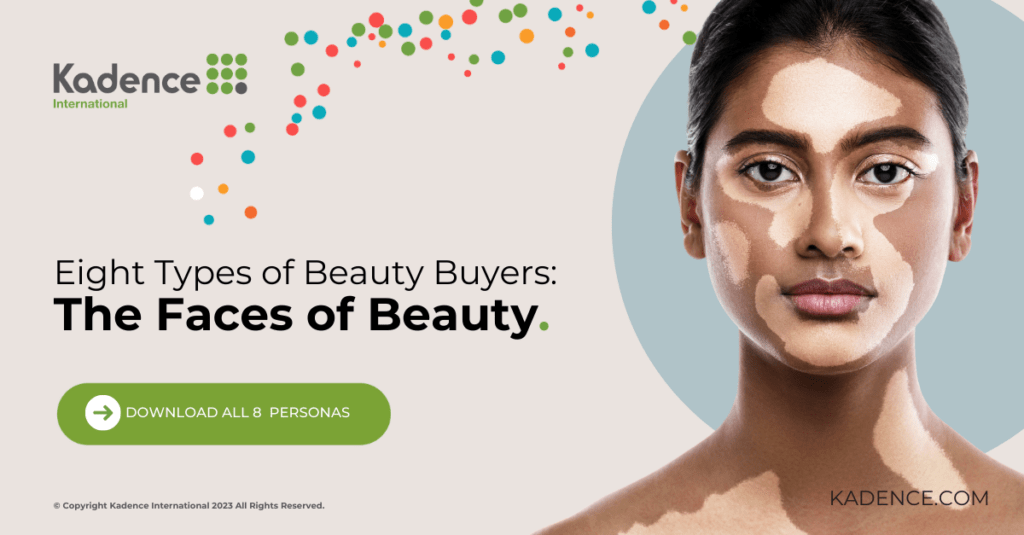
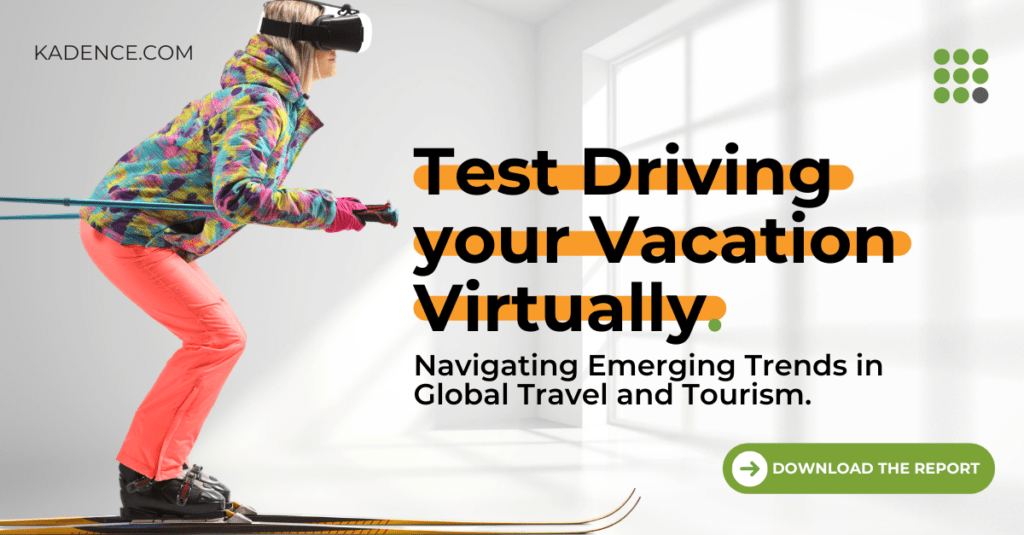







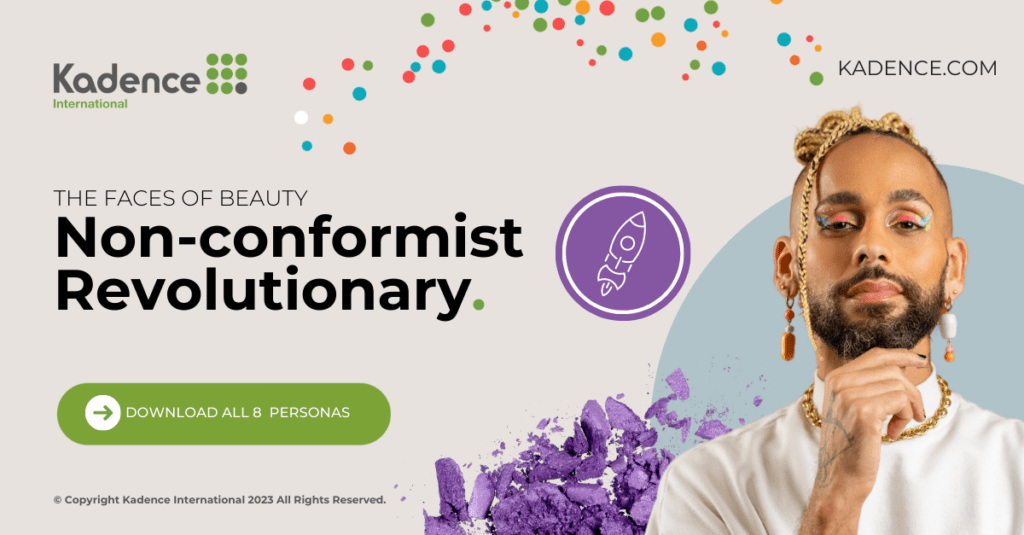


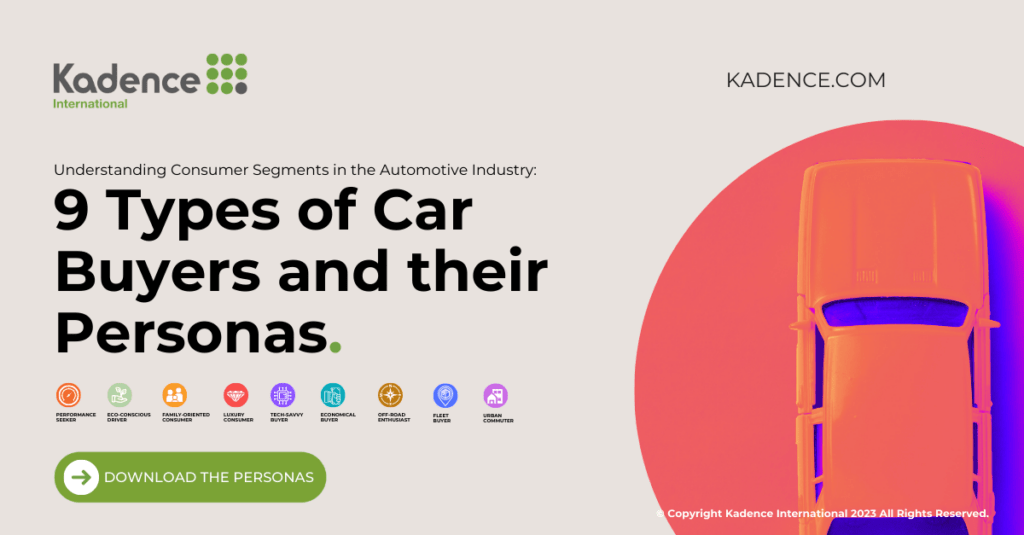
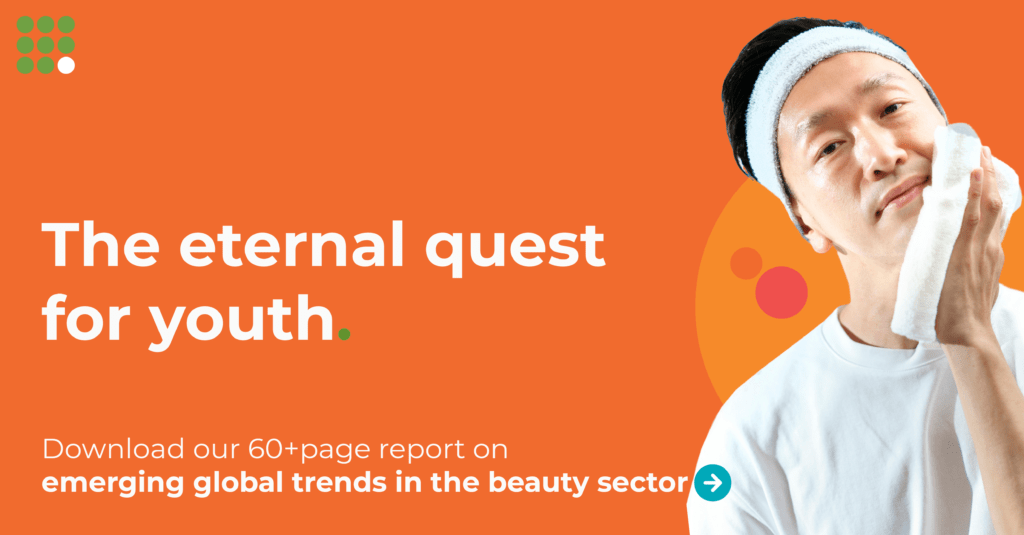
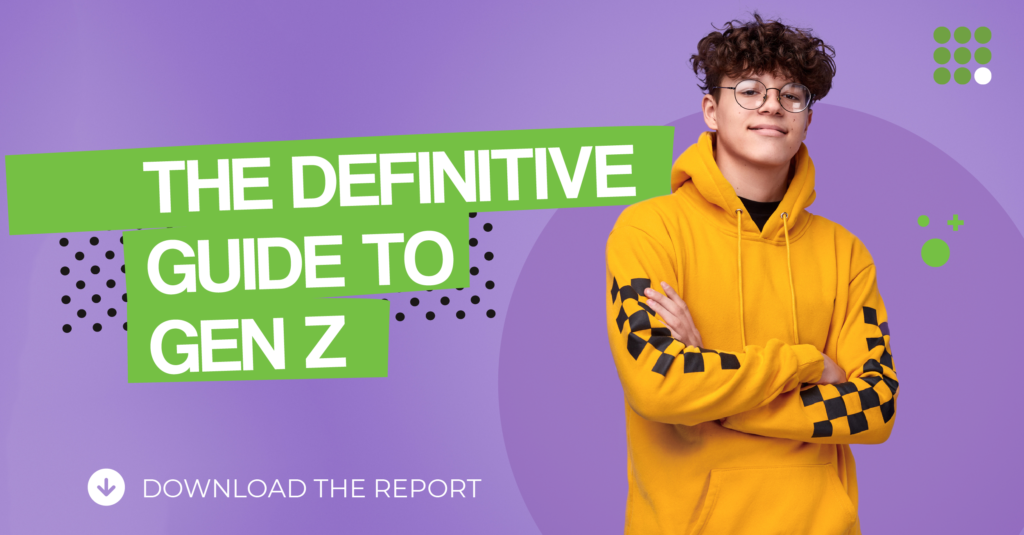

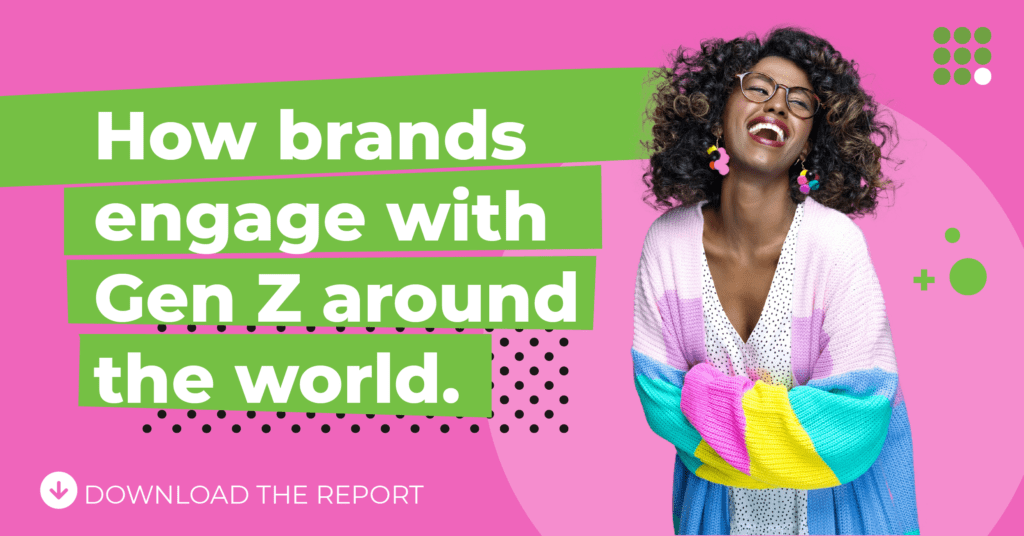
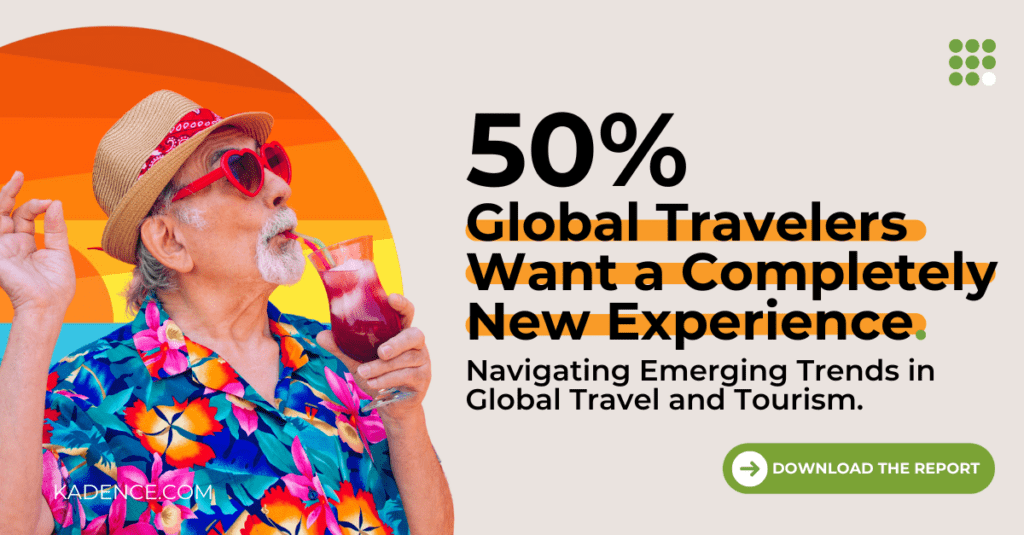


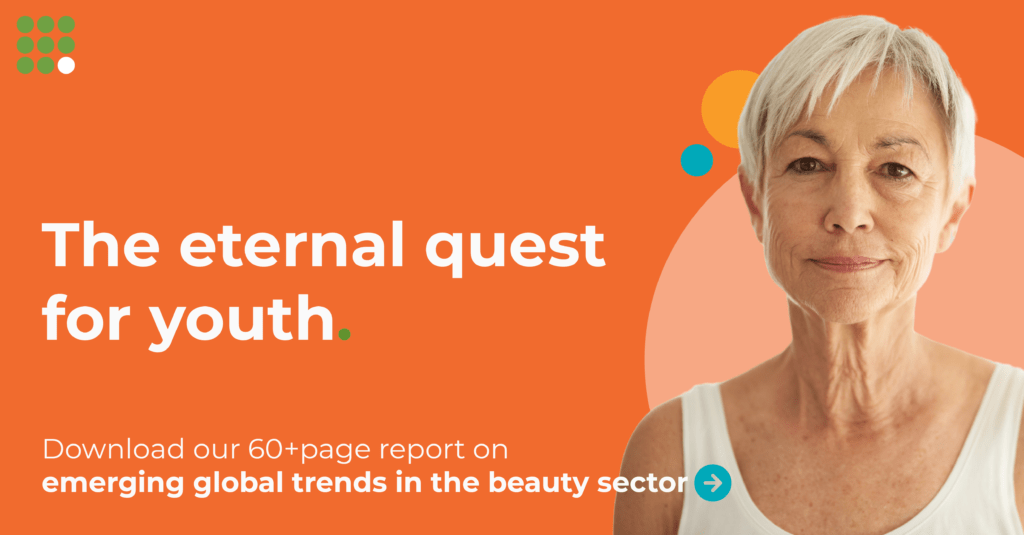
 Senior Marketing Executive
Senior Marketing Executive Sales & Marketing
Sales & Marketing General Manager PR -Internal Communications & Government Affairs
General Manager PR -Internal Communications & Government Affairs Vital Strategies
Vital Strategies
 Customer Intelligence Director
Customer Intelligence Director